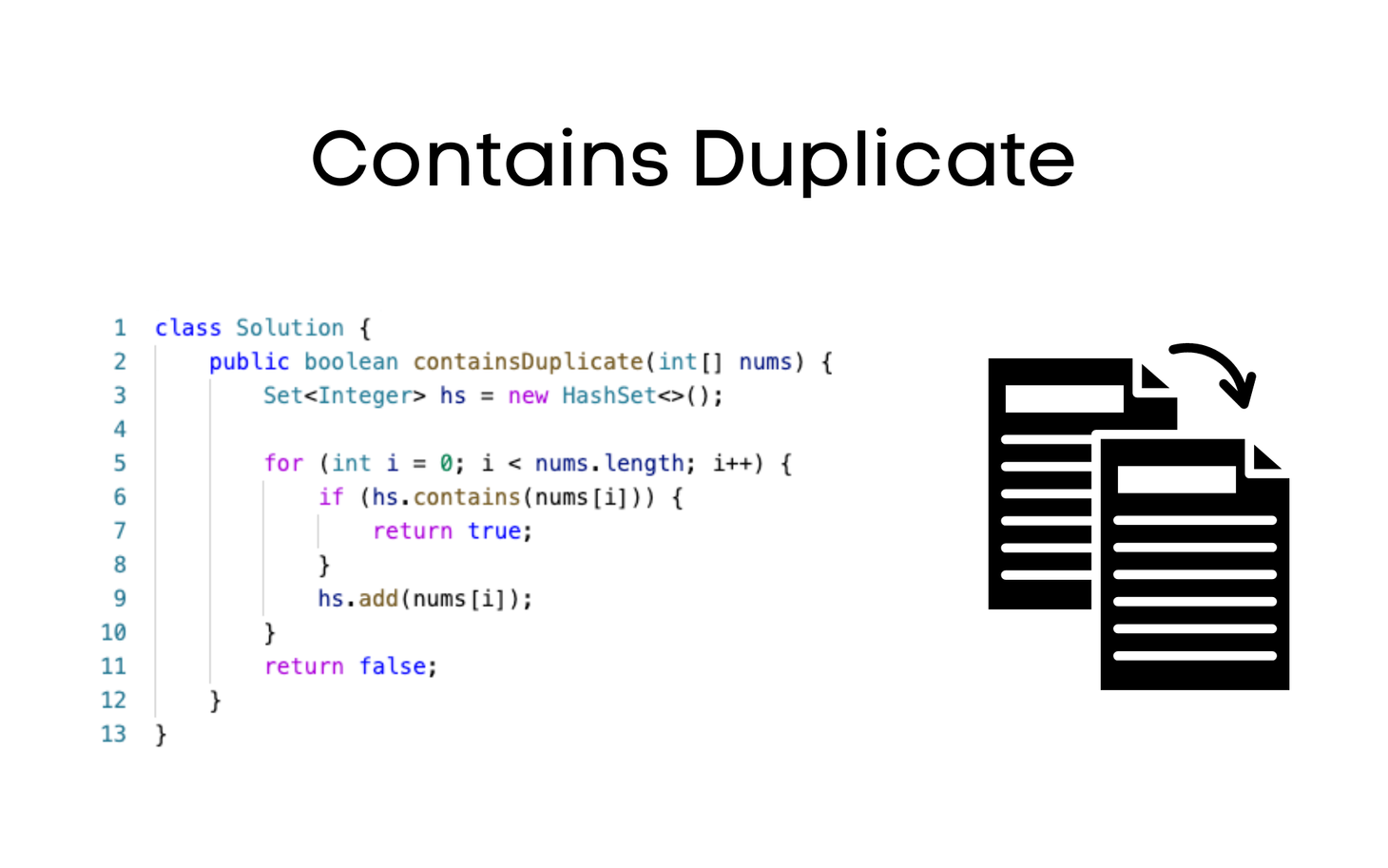Check If The Given Array is Monotonic
An array is called monotonic if the index of each element increases from the first to the last or decreases from the first to the last.

Course Overview "Arrays Mastery For Coding Interviews" is a comprehensive program designed to provide an in-depth understanding of arrays, a fundamental data structure in computer science. The course covers various topics, including array manipulation, multi-dimensional arrays, dynamic arrays, and common algorithms. Students will learn through theoretical lessons and
This lesson will teach you how to find the duplicate element using a hashing algorithm.
